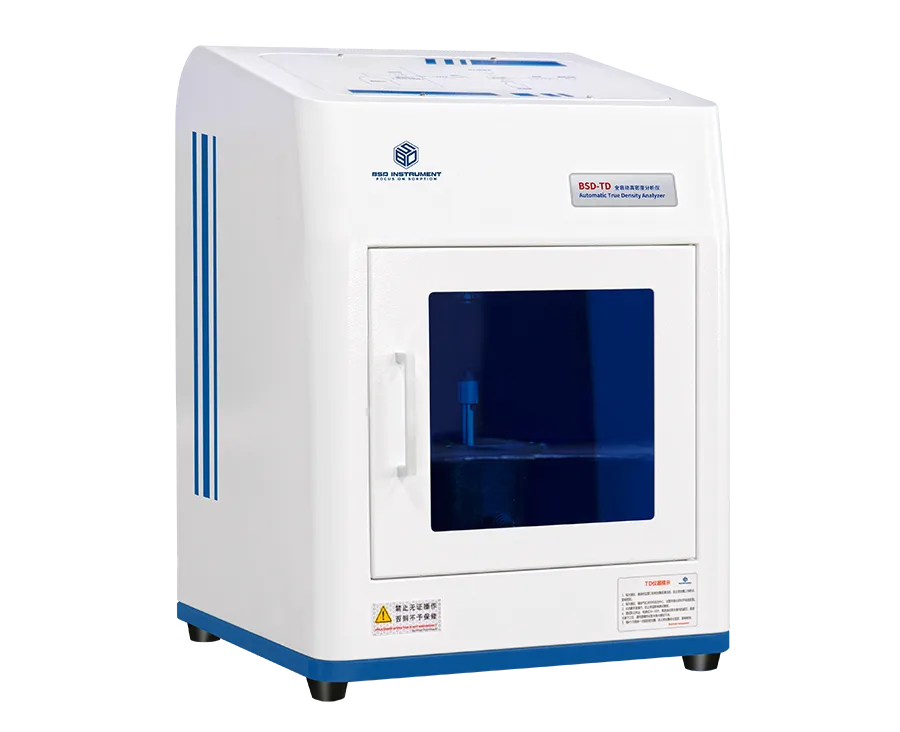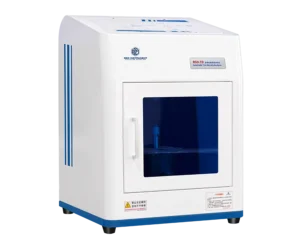Home / Blog / The Predictive Role of Skeletal Density and Porosity in Fracture Risk
The Predictive Role of Skeletal Density and Porosity in Fracture Risk
13 10 月, 2025From: BSD Instrument

Introduction

Background: Bone Density and Porosity
Bone Mineral Density (BMD): Measured primarily via Dual-energy X-ray Absorptiometry (DXA), BMD reflects the amount of mineral content per unit volume of bone. Low BMD is strongly associated with increased fracture risk, as seen in osteoporosis. Skeletal Porosity: Refers to the presence of microscopic pores or voids within trabecular and cortical bone. Increased porosity weakens bone structure, reducing its load-bearing capacity even when BMD appears normal.
Mechanisms Linking Density and Porosity to Fracture Risk
Bone Strength Depends on Both Density and Structure BMD contributes to bone’s resistance to compression but does not account for trabecular connectivity or cortical thickness. Porosity (especially in cortical bone) reduces bone stiffness and increases susceptibility to microcracks, leading to fractures under lower stress.
Cortical Porosity and Age-Related Bone Loss With aging, cortical bone (the dense outer shell) undergoes endosteal resorption, increasing porosity. Even in individuals with normal BMD, high cortical porosity can lead to fragility fractures (e.g., hip, wrist).
Trabecular Bone Microarchitecture Trabecular bone (found in vertebrae and ends of long bones) relies on trabecular thickness and connectivity. Increased trabecular spacing (a form of porosity) reduces structural support, raising vertebral fracture risk.
Clinical Relevance: Beyond DXA
DXA Limitations: While DXA-based BMD predicts fractures, it misses microarchitectural deterioration. Advanced Imaging Techniques: High-resolution peripheral quantitative computed tomography (HR-pQCT) and micro-CT assess porosity and trabecular structure. Trabecular Bone Score (TBS) evaluates bone texture from DXA images, indirectly reflecting microarchitecture.
Predictive Power: Studies show that high cortical porosity is an independent risk factor for fractures, even in patients with normal or osteopenic BMD.
Conclusion
Key Takeaways:
Our Latest Blog & Articles
Stay updated with our latest news. Discover new product launches, innovative technologies, and upcoming events. Join our community and stay informed about all things lab equipment.
-
27 10 月, 2025
Cheap and Efficient Adsorption-Desorption Systems for Water Pollution Control in China
-
25 10 月, 2025
Gas Adsorption Analyzer Technologies: Advancements and Future Trends
-
23 10 月, 2025
Micropore and Mesopore Analysis for Improving Gas Storage and Separation Efficiency
-
20 10 月, 2025
Membrane Porosity and Its Impact on Mass Transport and Permeation Efficiency




